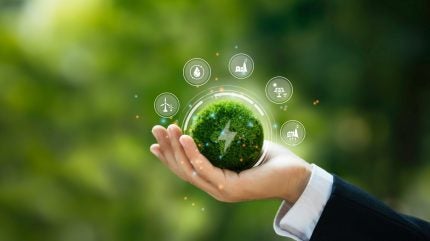
Oregon’s clean energy transition is set for significant acceleration following the issuance of executive order (EO) 25-29 by the state’s governor Tina Kotek on 19 November 2025.
This directive instructs state agencies to expedite the implementation of the Oregon Energy Strategy, simplify the permitting process for renewable energy and storage projects, and prioritise transmission planning to strengthen grid reliability and affordability.

Discover B2B Marketing That Performs
Combine business intelligence and editorial excellence to reach engaged professionals across 36 leading media platforms.
Under the EO, these state agencies are required to align their decisions and investments with the Oregon Energy Strategy, concentrating on five least-cost pathways: energy efficiency, clean electricity, electrification, low-carbon fuels, and resilience.
This action follows this year’s report from the Washington Clean Energy Siting Council, indicating a broader regional alignment of regulatory structures with decarbonisation objectives in the Pacific Northwest.
The order underscores infrastructure development, regulatory streamlining, and resilience measures to meet Oregon’s climate goals while also supporting public-private partnerships to explore emerging carbon-free technologies.
Agency work plan updates and stakeholder engagement processes are scheduled to commence in early 2026, with corresponding reports and recommendations expected in July and September of the same year.

US Tariffs are shifting - will you react or anticipate?
Don’t let policy changes catch you off guard. Stay proactive with real-time data and expert analysis.
By GlobalDataThe order aims to strengthen the ‘Low-Carbon Fuels Standard’ to achieve a 50% reduction in carbon intensity by 2040.
The state’s Public Utility Commission is tasked to develop criteria for valuing benefits from utility investments in system resiliency such as microgrids, storage, and virtual power plants.
Agencies, meanwhile, are directed with streamlining land use, environmental reviews, permitting, and interconnection processes for clean energy projects and their associated infrastructure.
The order also sets a goal of deploying 8GW of energy storage by 2045.
The EO also aims to encourage economic growth and foster the development of emerging technologies.
The state’s energy and environmental bodies are required to seek public-private partnerships for clean energy technologies, assess new carbon-free technologies, and propose strategies to address associated risks and obstacles.
Progress will be monitored and detailed in biennial energy reports, with the initial submission to the legislature due in December 2026.



